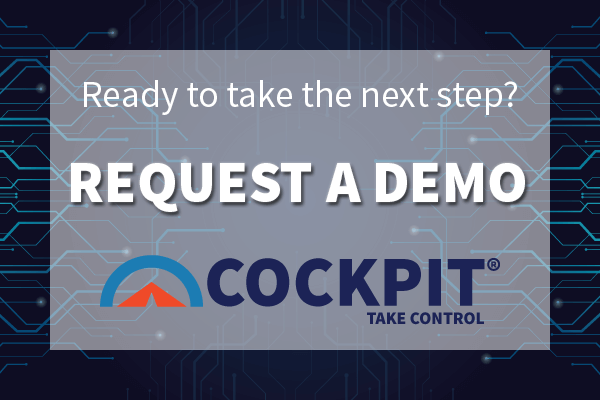7 Questions to Guide Compliance Software Adoption in Your Organization
So, you’ve decided to adopt a compliance software tool into your life science organization as part of your product development activities. Congratulations! Now that you’ve made that big decision, here comes the tough part: transition and implementation.
Switching between systems of product development isn’t easy, but there are ways to streamline and optimize the transition. To guide this process, your team should be asking some important questions as you bring a compliance software tool into your organization.
1. How does this impact our greater quality management system?
 Implementing any new tool into your development activities invariably has an effect on the rest of your quality management system (QMS). Prior to and during adoption, it is important to scope out what this impact looks like, and if any adjustments are necessary to ensure negative influences on your QMS are mitigated.
Implementing any new tool into your development activities invariably has an effect on the rest of your quality management system (QMS). Prior to and during adoption, it is important to scope out what this impact looks like, and if any adjustments are necessary to ensure negative influences on your QMS are mitigated.
2. Are there any known or anticipated risks associated with adoption?
Transitioning to a new development tool carries an inherent level of risk with it. Whether causing issues with data migration and management, your larger QMS, or otherwise, these risks need to be considered. Once they are adequately controlled, the process of transition and adoption can be much smoother.
3. Who needs to be trained to use the tool?
 Not everyone on your development team may need to use a compliance software tool you decide to employ. The appropriate personnel and roles associated with the software need to be taken into account in the adoption stage. Especially given the resources and time needed to train and potentially rearrange existing processes and procedures, determining this information early on is essential.
Not everyone on your development team may need to use a compliance software tool you decide to employ. The appropriate personnel and roles associated with the software need to be taken into account in the adoption stage. Especially given the resources and time needed to train and potentially rearrange existing processes and procedures, determining this information early on is essential.
4. Do any processes and procedures need realignment?
It’s possible that a new software tool adopted into your organization will alter the way your team currently goes about its development and compliance activities. Procedures should be scrutinized during the adoption process to determine the effects on how current activities are conducted, and what steps might be necessary to correct any imbalances.
5. What data needs to be imported into the tool?
 If you have an existing project that you intend to continue working on within the new compliance software tool, the associated data needs to be folded in during the adoption process. The migration of product information from one system to another carries the risk of human and technological error, which could result in data loss or other issues that ultimately result in lost time to market.
If you have an existing project that you intend to continue working on within the new compliance software tool, the associated data needs to be folded in during the adoption process. The migration of product information from one system to another carries the risk of human and technological error, which could result in data loss or other issues that ultimately result in lost time to market.
6. What does the transition timeline look like?
Having a firm timeline in place for transitioning into a compliance software tool is key. There are many moving parts to the adoption process, and to rush through can easily result in serious issues that your teams will have to deal with. Likewise, adopting the tool at a snail’s pace can also have a number of unintended consequences, such as your teams rejecting the tool in favor of existing systems in place.
7. Who is in charge of the transition process?
This might seem like a self-evident question, but it’s perhaps the most important. Establishing and understanding who is overseeing the transition makes the process much more transparent and effective. Rather than throwing the software at your development teams and letting them figure it out for themselves, having someone who can guide tool adoption and use is a far more successful strategy. With the right leader in place, management’s expectations as well as your development teams’ needs can be appropriately met.
About Cognition Corporation
At Cognition, our goal is to provide medical device and pharmaceutical companies with collaborative solutions to the compliance problems they face every day, allowing the customer to focus on their products rather than the system used to create them. We know we are successful when our customers have seamlessly integrated a quality system, making day-to-day compliance effortless and freeing up resources to focus on product safety and efficacy.





